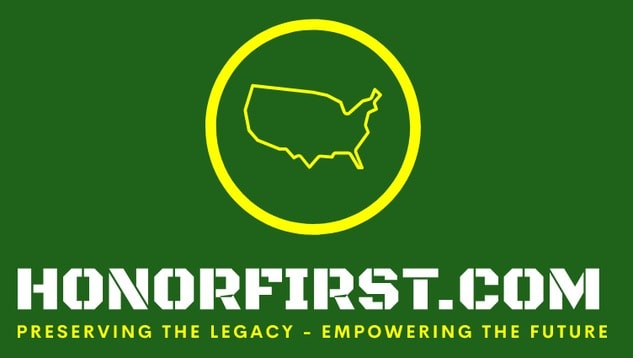October 9 - October 15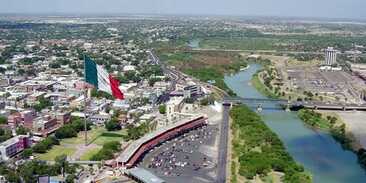 Good morning! Welcome to another This Week in USBP History! Let's start today's newsletter discussing flags. To lay a foundation, I remember being young agent in Laredo and seeing an absolutely huge Mexican flag across the river. One source has the flag being roughly 93' X 164' and weighing almost 800 pounds! My partner and I were discussing the Mexican flag and he was upset that it was larger than the United States flag on our side of the border. He told me that the United States should fly a larger flag. I countered his suggestion by telling him that both the United States and Mexico could better spend their money on things far more important than flying ever larger flags. I continued by telling him that regardless of the relative sizes of the national flags that the United States was a better country. The size of the flag didn't matter. Continuing on the theme of flags, when was the last time you saw a military joint color guard? Did you notice the order of the flags, their precedence? There are several rules that define the order. Two of the main rules are:
Look at the photograph of the military color guard below. The order of the flags are (L to R):
Let's unpack that order of precedence. Obviously, the United States flag is the highest because it represents a country, and the U.S. Army flag is second because it's the oldest of the Armed Forces (not counting the National Guard). The U.S. Coast Guard is the most junior, I guess, because it's not part of the Department of Defense in peacetime. I imagine that another argument for the USCG flag being last is that the Secretary of the Department of Defense is #6 in the United States Presidential line of succession and the Secretary of Homeland Security is #18. Although, Secretary Mayorkas is Constitutionally ineligible to become President because he was born in in Havana, Cuba and therefore not a natural-born citizen. But what about the Navy and Marine Corps flags? The Navy is clearly older than the Marine Corps, right? Well, there are several stories and I'll briefly give one of them... Both the USN and the USMC can trace their beginnings to the 1775 dates listed above, making the USN 28-days older that the USMC. What many people do not know, is that both services were disbanded after the Revolutionary War in 1783. The USN was reconstituted in 1794 and claimed their year of reconstitution as its new date of creation. When the USMC was reconstituted in 1798, it recognized its original 1775 date if creation, making it the older service. However, in 1972, Chief of Naval Operations Admiral Zumwalt authorized the USN to recognize the 1775 date as the date of creation. But, 50 years later and the old precedent is still unbroken with the USMC flag still taking precedence over the USN flag. I know what you're thinking, "Great military history lesson, Cliff. Do you have point that's related to the Patrol?" I do have a point... Did you know that within Customs and Border Protection, several of the Offices have organizational flags? I'm going to discuss only the three of the flags of the uniformed Offices... Air & Marine Operations (AMO), Office of Field Operations (OFO), and the U.S. Border Patrol (USBP). Specifically, I'm going to speak of their order of precedence... Above, I've displayed the flags in their order of precedence based on alphabetical order, which is an accepted order of precedence. Many times, all of the state flags of the United States will be displayed in alphabetical order. However, from 2003 to 2016 the USBP flag nearly always took precedence over the other Office flags. It became the practice within CBP that was followed in every color guard although not supported by any official document. The Office flags were displayed - USBP, OFO and AMO. The arguments that support this approach are:
I will also note that the argument could be presented that the OFO flag should take precedence over the other CBP Office flags for the following reasons:
However, no other CBP Office, including the USBP, is required to follow the official guidance from OFO. So, nearly two decades after the U.S. Customs Service was renamed U.S. Customs and Border Protection (see page 186 of this document), something as simple as an Office flag precedence has not been established. Regardless of the logic applied to define the order of precedence, the Office of the Commissioner should create the document and provide the guidance. Recalling how this intro began... It does not matter the size of an organization's flag, nor where it's located in an order of precedence. An organization's pride is not anchored to such trivial concepts. Whether the USBP's flag is first, last, largest or smallest, the Patrol is a meaningful organization that is rich in history, tradition and culture! Honor First! As always, this week brings us many interesting anniversaries in USBP history. We start with a 1907 document concerning Jeff Milton. We see 1918 memo from the Father of the Border Patrol. We also have three references form Joe Banco's must buy USBP History books. We remembered Border Patrol heroes on the anniversary of the actions that led them to being presented the Newton-Azrak Award. Finally, we remember Patrol Inspector Henely L. Goode Jr. who died due to a duty related injury in 1969. Enjoy the blog and have a great week! Cliff PS -
Esprit de Corps The workplace climate resulting from a combination of organizational pride and employee morale.
Esprit de corps is reinforced through the shared goals, mission and values of the organization and its employees. The definition turns Esprit de Corps into a simple formula and defines parts that comprise organizational pride and employee morale. Esprit de Corps = Organizational Pride + Employee Morale Esprit de Corps is the key to a healthy organization and engaged employees. Honor First is foundational to the Border Patrol's organizational pride and integral to its Esprit de Corps. Documents/Events 1907
Newton-Azrak Award Action Anniversaries Follow this link to see examples of USBP employees Upholding Honor First.
1980 Myron B. Merchant - award memo, news article Border Patrol Agent Swanton, Vermont On October 14, 1979 at approximately 10:30 p.m. a call was received by Border Patrol Agents at Rouses Point, New York that two men were walking in a sparsely populated rural area south on Cannon Corners Road near Mooers Forks, New York. Border Patrol Agent (BPA) Myron Merchant and another agent responded to the call. BPA Merchant took a surveillance position at the intersection of Cannon Corners Road and Route 11. Soon afterwards, BPA Merchant saw two men walking a short distance from his location. Suddenly the men ran into the woods. BPA Merchant notified the other agent by radio of the circumstances and followed the suspects into the woods. About fifty feet from the road BPA Merchant came under close range gunfire. One shot struck him in the upper abdomen, knocking him to the ground. One of the assailants walked toward him and raised his weapon in an apparent attempt to kill him. BPA Merchant instinctively rolled on the ground as the assailant fired narrowly missing him. BPA Merchant drew his weapon and returned the gunfire, killing the assailant. While seriously wounded, BPA Merchant marked the position of the dead man with his flashlight and then crawled on his back to the road where he was met by the agent he had earlier radioed. During the gunfire the second man fled. He was captured later at a New York State Police roadblock in Mooers, New York. BPA Merchant’s ability and presence of mind to be able to give a description of the second man greatly contributed to his capture. The two men were later identified as two escapees who had been charged with murdering a Montreal, Quebec police officer and seriously wounding two other officers of that city. BPA Merchant’s actions that evening reflect his great personal courage and presence of mind during an emergency life and death situation. 2002 Robert H. Arnold Jr. Senior Patrol Agent El Paso Sector Herbert L. Williams Supervisory Border Patrol Agent El Paso Sector Senior Patrol Agent Robert H. Arnold Jr. and Supervisory Border Patrol Agent Herbert L. Williams were recognized for their acts of bravery and heroism during the pursuit of a narcotics load vehicle after it illegally entered the U.S. with 1,900 pounds of marijuana. On October 12, 2002, Agent Arnold and his partner Border Patrol Agent Valerie Jaramillo pursued a narcotics load vehicle back to the Rio Grande River after it had entered the United States illegally. This occurred approximately 27 miles east of the Ft. Hancock, Texas Port of Entry. The driver abandoned the vehicle (containing 1,900 pounds of marijuana) and crossed back into Mexico. The driver, along with several other armed assailants, began shooting into the United States at these agents. Agents Arnold and Jaramillo were ambushed and came under heavy gunfire. Agent Jaramillo was shot in the leg and the same bullet narrowly missed Agent Arnold. Additional rounds struck the engine compartment and battery, disabling their vehicle. Supervisory Border Patrol Agent Herbert L. Williams entered the area as back up and took heavy fire. Agent Arnold returned fire from cover. Agent Williams positioned his vehicle in the line of fire to provide additional cover so that Agent Jaramillo could be extracted safely. Agents in self-defense of the heavy automatic gunfire fired over 240 rounds. Agent Arnold removed Agent Jaramillo to Agent Williams vehicle and then left the scene to meet with a medical helicopter. Agent Williams provided cover fire as they left the area, at which time they were continuing to take heavy fire from Mexico. Agent Williams was able to safely get out of the line of fire and Agent Jaramillo subsequently recovered from her gunshot wound. USBP Fallen As of May 16, 2022, the U.S. Border Patrol has suffered 152* fallen. Titles:
The facts regarding each officer are presented without major editing of the "language of the day" found in the reports detailing the circumstances of each event. This is done to provide the reader an association with historical timeframes. Employees who died in the line of duty due to being exposed to deadly illnesses will not have the cause of death listed. *With the exception of two of the fallen immediately below, all names are listed (or in the process of being included) on the official Honor Roll of U.S. Border Patrol Fallen and inscribed on the National Law Enforcement Officers Memorial. The U.S. Border Patrol should fix these discrepancies. HonorFirst.com honors both of the fallen.
1969
Henley M. Goode, Jr. Date of Birth: April 7, 1929 Entered on Duty: August 24, 1953 Title: Patrol Inspector End of Watch: October 11, 1969 Details: During the morning of September 6, 1969, Patrol Inspector Henley M. Goode, Jr. was injured when he fell on the steps of the U.S. Post Office Building, Fort Fairfield, Maine. He had just departed the Border Patrol Office on the second floor of the building and as he neared the lobby level, he tripped and fell a short distance to the lobby floor. There were no witnesses to the accident, but several postal employees heard the sound of someone falling and a voice calling for help. They responded immediately, and obtained a doctor and an ambulance. Examination revealed Patrol Inspector Goode had sustained a fractured left kneecap (Patella). He died unexpectedly on October 11, 1969, at the Fort Fairfield Community Hospital. His death was attributed to pulmonary embolus. Gravesite
Comments
|
Clifford GillBlog author, retired U.S. Border Patrol Assistant Chief and, current U.S. Border Patrol employee advocate. Ray HarrisSite founder and owner, former Supervisory Border Patrol Agent and retired Immigration Special Agent. Joseph BancoU.S. Border Patrol historian and retired Deputy Chief Patrol Agent. Archives
July 2024
I prefer that you leave comments. However, if you wish to contact me, please do so by emailing [email protected].
|
- Home
-
For USBP Applicants
-
USBP Pages and Links
- Firearms Qualification Course
- Military Time Buy Back
- Station MWRs
- Transitioning Out of the USBP
- Fast & Furious
- U.S. Border Patrol Fallen >
- Honor First and Esprit de Corps
- USBP Photo Galleries
- U.S. Border Patrol History >
- U.S. Border Patrol Honorary Awards
- Upholding Honor First >
- U.S. Border Patrol Authorized Devices
- Border Patrol Stories
- What's Important Now - Academy Podcast
- Badges
- Veterans
- Tips for the Media
- Links
- Acronyms
- Border Patrol Locations
- Sector/Station FaceBook Pages
- Ten Codes
- Online Forums
- Search
- Home
-
For USBP Applicants
-
USBP Pages and Links
- Firearms Qualification Course
- Military Time Buy Back
- Station MWRs
- Transitioning Out of the USBP
- Fast & Furious
- U.S. Border Patrol Fallen >
- Honor First and Esprit de Corps
- USBP Photo Galleries
- U.S. Border Patrol History >
- U.S. Border Patrol Honorary Awards
- Upholding Honor First >
- U.S. Border Patrol Authorized Devices
- Border Patrol Stories
- What's Important Now - Academy Podcast
- Badges
- Veterans
- Tips for the Media
- Links
- Acronyms
- Border Patrol Locations
- Sector/Station FaceBook Pages
- Ten Codes
- Online Forums
- Search
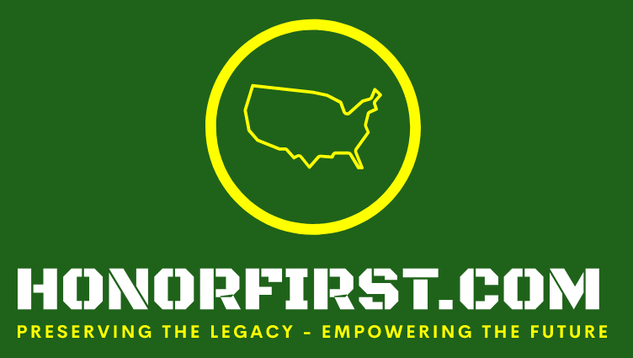

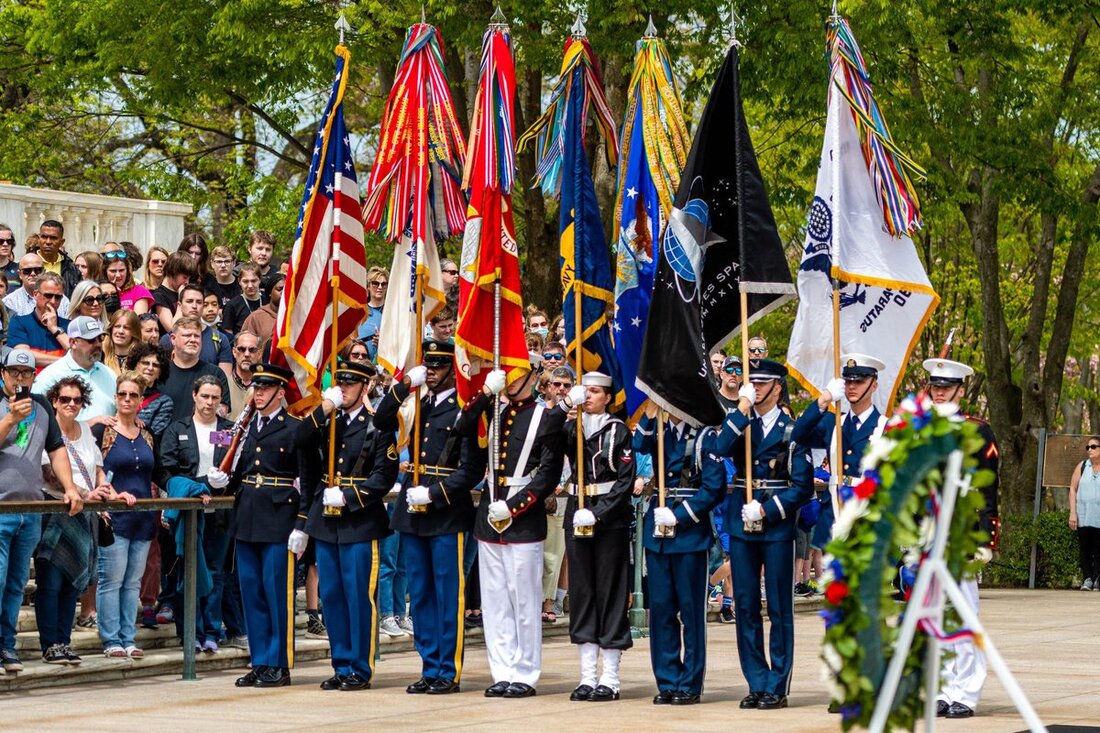
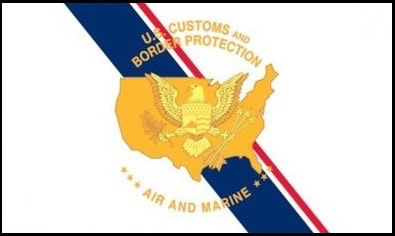
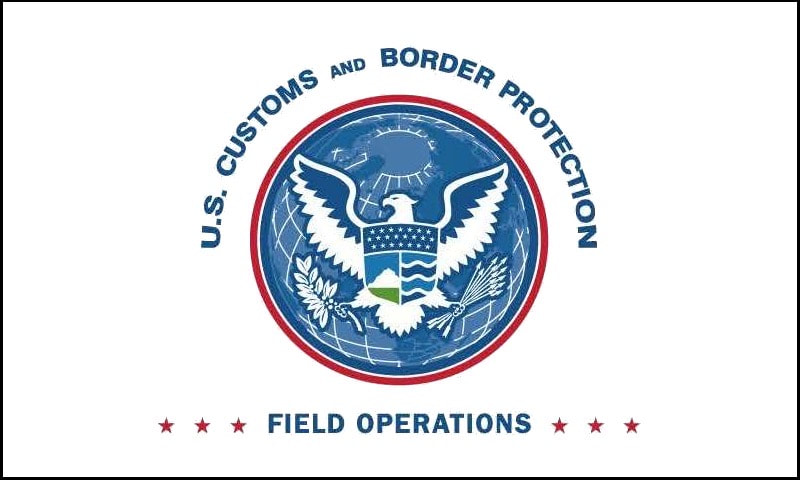
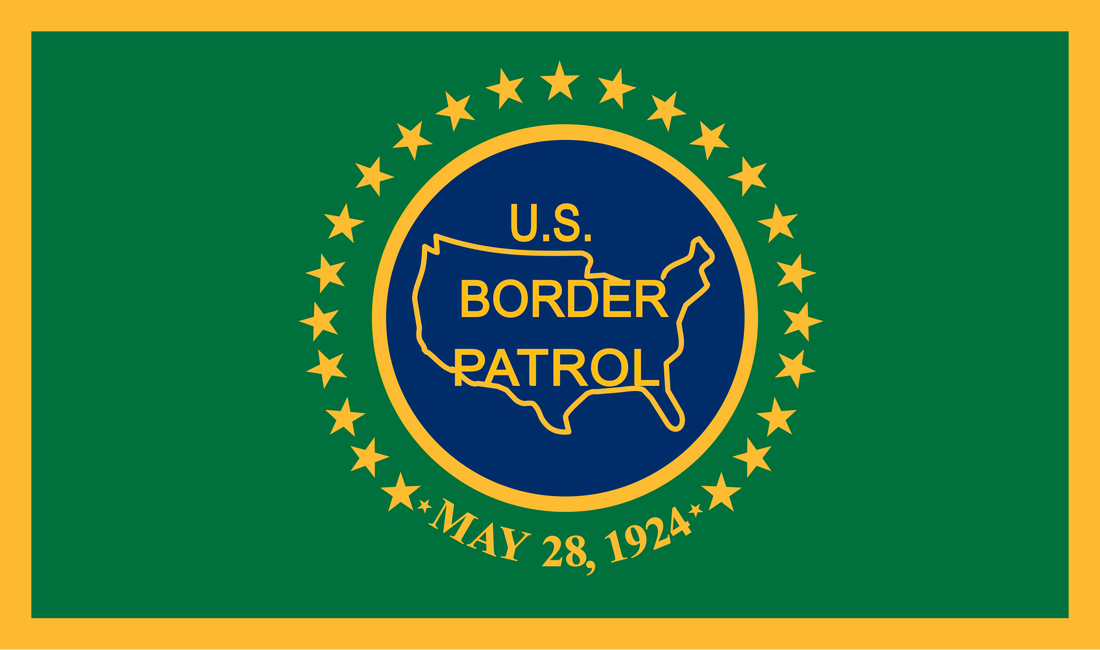
 RSS Feed
RSS Feed
